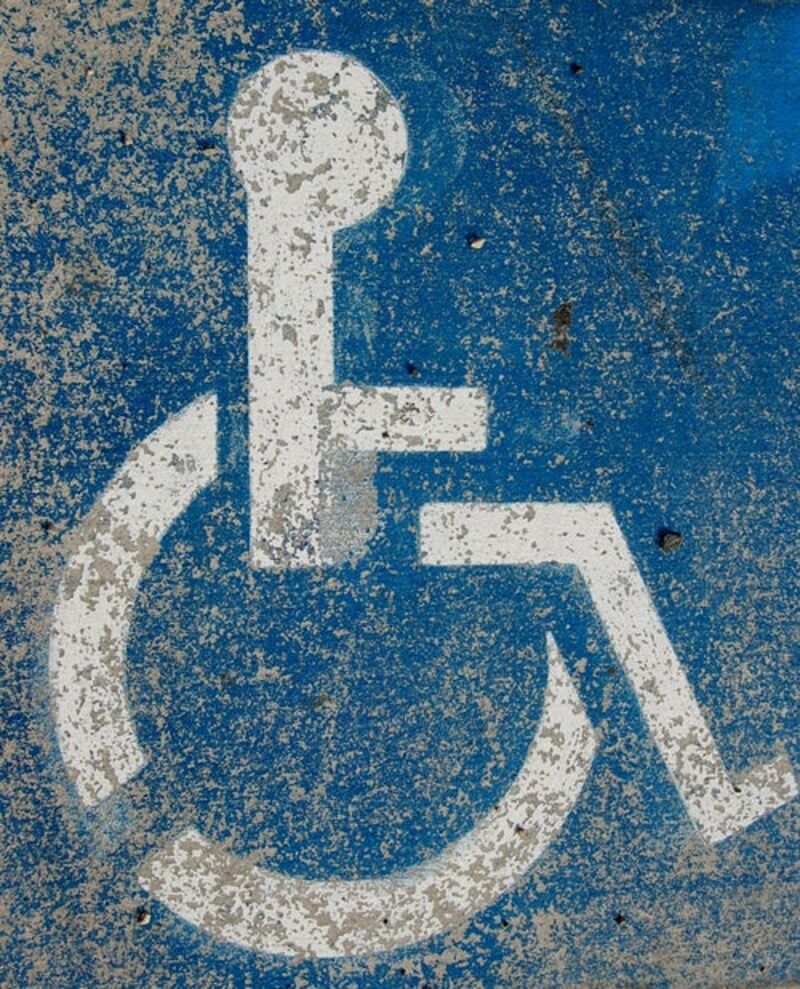
In 2018, the RMADAC completed research on the number of “drive-by” lawsuits that had been filed within our six-state region. These are legal suits filed in district court on behalf of a defendant. They are called drive-by lawsuits because they are related to non-ADA Compliance of a business where a plaintiff never actually attempted to patronize the location, rather “drives-by” and notes minor violations. Often these suits are against small businesses and small business owners are offered the opportunity to settle the complaint for a monetary sum or risk going to court.
Our research showed that Utah and Colorado were among the top 10 states for these type of ADA lawsuits. The number of lawsuits more than doubled between 2017 and 2018. In addition, most of the plaintiffs who filed the complaints were from out of state. Drive-by lawsuits continue to be on the rise – with website accessibility being the next frontier of ADA lawsuits.
I have heard many opinions about drive-by lawsuits since I began working at RMADAC. And, it’s not my place to support either side. But I do want to take a look into why and how this happens.
First, the ADA is an extremely broad and complex law. The Department of Justice enforces accessibility standards for the built environment which are laid out in a 250-page document called the 2010 Standards for Accessible Design. The nuances, especially when it comes to the built environment, are vast. For example, there are over 20 elements to consider when looking at the accessibility of a single door: the height, width, weight, closing pressure, operable parts (the handle), clear floor space, etc. The amount of knowledge one must have is incredible! Even RMADAC staff – the subject matter experts – don’t know every technical detail off the top of their heads. We do, however, know where to go to look up the correct information to give technical guidance.
So, it’s no wonder that the owner of a small business might not know that their door closer needs to be adjusted so that from an open position of 90 degrees, the time required to move the door to a position of 12 degrees from the latch is 5 second minimum. Some may not even know what a door closer is! Yet, while I can understand how each standard isn’t etched into the brains of each business owner, it is still their responsibility.
Many small business owners believe that when their local building department gives the all-clear on a permit that they have also given the all-clear on accessibility. This simply isn’t the case. The enforcement agency for the built environment is a federal agency (the DOJ). Often, local licensing and permitting agencies don’t take ADA requirements into consideration because it’s not what they are mandated to do. A local agency cannot “sign-off” that a business is in compliance with the 2010 Standards. There’s no available certification for a business to assure they meet ADA Standards. It doesn’t exist.
I keep an eye on news stories about drive-by lawsuits and have noticed that business owners often believe that since they have been licensed and approved locally that they are in compliance. Moreover, these small business owners want to be accessible. They are not maliciously setting up their physical location so that individuals with disability can’t access them. They just don’t know what they don’t know.
It’s a tricky spot for small business owners. But, it is an area that regional ADA Centers can assist. It’s imperative that we work with the business community so that business owners know they can reach out to us for assistance and guidance.